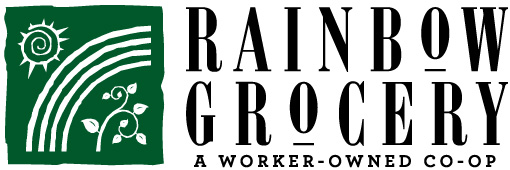One class of very useful plant medicines is made up of polyphenols, mostly flavonoids. Polyphenols absorb poorly into water or lipids. The phytosome forms of polyphenols have improved oral absorption and are safe. They are used as anti-inflammatories, anti-neoplastics, for detoxification and for weight loss.
Polyphenols bind strongly to phospholipids, even in intact plant tissue. Phosphatidylcholine (PC) is most commonly used. This form increases blood levels of polyphenols by 2 to 6 times. PC is the building block for cell membranes, where cell metabolism and energy transfer takes place.
Silymarin extracts (flavonolignans,) silybin, silibinin, and silymarin, are from milk thistle (Silybum marianum.) They are antioxidants, liver protectors, and are anticancer. Silibin is the most common active form. Silybin conserves liver glutathione (GSH,) chelates iron, lowers serum ferritin levels and reduces deaths from eating deathcap mushrooms (Amanita spps.)
Blood levels from silybin phytosome are 3 times that seen with normal silybin. There is evidence that 800-1600/day of silymarin-phosphatidylcholine complex given for 7-120 days will reduce liver damage from cirrhosis and hepatitis.
Curcumin polyphenols are antioxidant, anti-inflammatory, and anticancer. Curcumin, from turmeric (Curcuma longa,) causes curry to be yellow. Curcumins has very strong antioxidant activity. Curcumin can protect the brain, heart, liver, lungs, kidneys, immune system, skin and DNA.
Curcumins protect against inflammatory bowel disease, gastrointestinal inflammation, pancreatic inflammation, arthritis, eye inflammation postsurgical inflammation, Alzheimer’s disease, etc. Curcumin is a cyclooxygenase-2 (COX-2) inhibitor.
Curry is effective against colon, duodenal, esophageal, stomach, and oral cancer. The DNA damage of colorectal malignant tissue fell to the normal range when the patients received 3,600 mg/day of curcumin. The treatment has increased bioavailability as the phytosome form of curcumin.
Green tea catechins (GTC,) from Camellia sinensis, are antioxidant, anti-inflammatory, anticancer and aid weight loss. The primary catechin in green tea is epigallocatechin-3-gallate (EGCG.) A study of Japanese people showed that increased intake of green tea reduced cardiovascular disease and reduced stroke risk. EGCG increases dopamine in Parkinson’s disease. The phytosome form doubles the absorption of green tea extract (GTE.) Research is being done on the effect of GTC against many different cancers.
Grape seed catechins and epicatechins (including proanthocyanidines) are antioxidant, protect circulation, are anti-inflammatory, and anticancer. They resemble GTC. A phytosome of grape seed catechins called Leucoselect has been successful in trials against cancer and inflammation.
CONCLUSION: The phytosome form of silymarin, green tea catechins, curcumins, and grape seed catechins show improved activity against disease, primarily due to increased absorption.
PMID: 19803548.
Summary #425.

